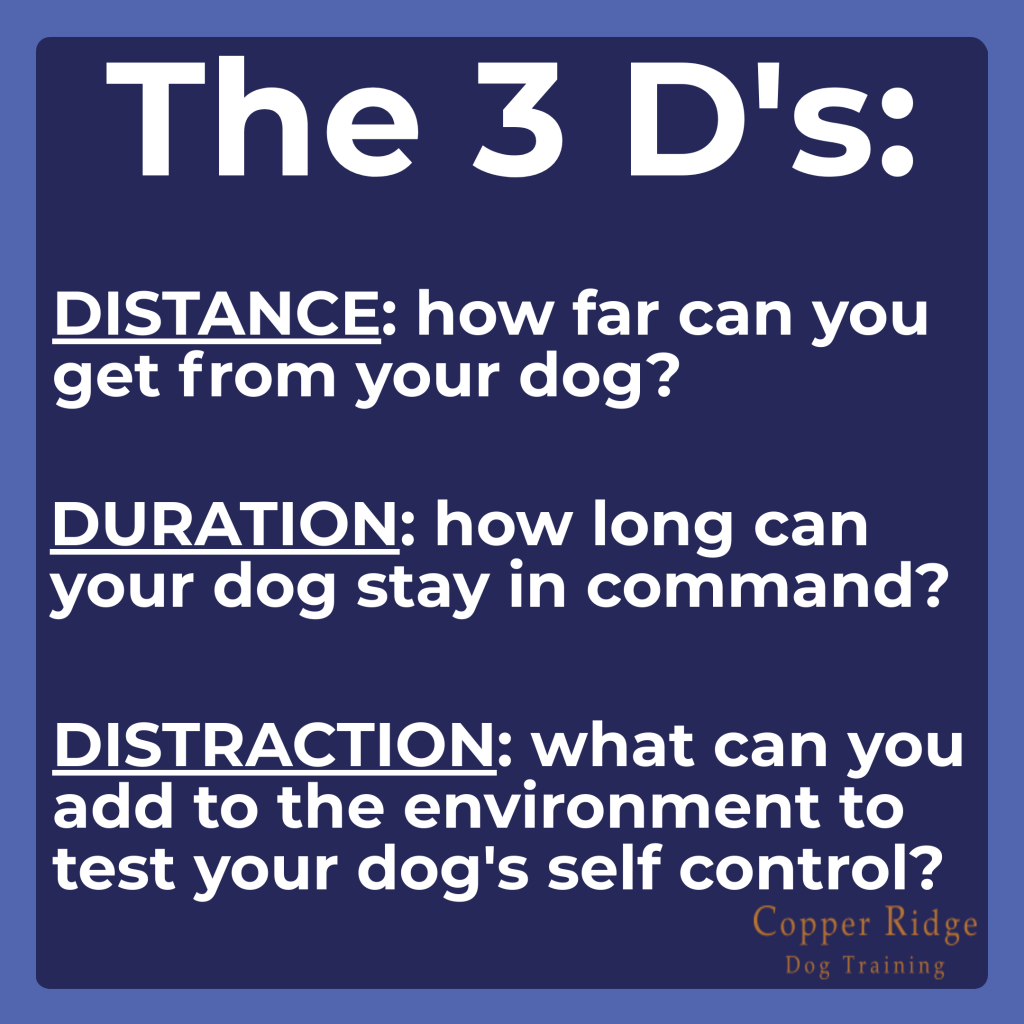
Dogs aren’t always trying to be stubborn or dismissive. All too often they aren’t doing what you asked because you haven’t been clear enough with your expectations. Before you blame your dog’s unwillingness to listen, be sure that you are communicating clearly.
-What is my body language telling my dog?
-Have I failed to follow through with this in the past?
-Did I ask my dog to do something, or did I tell it?
-How is my tone conveying what I want?
-Has my dog had enough practice to understand this command?


